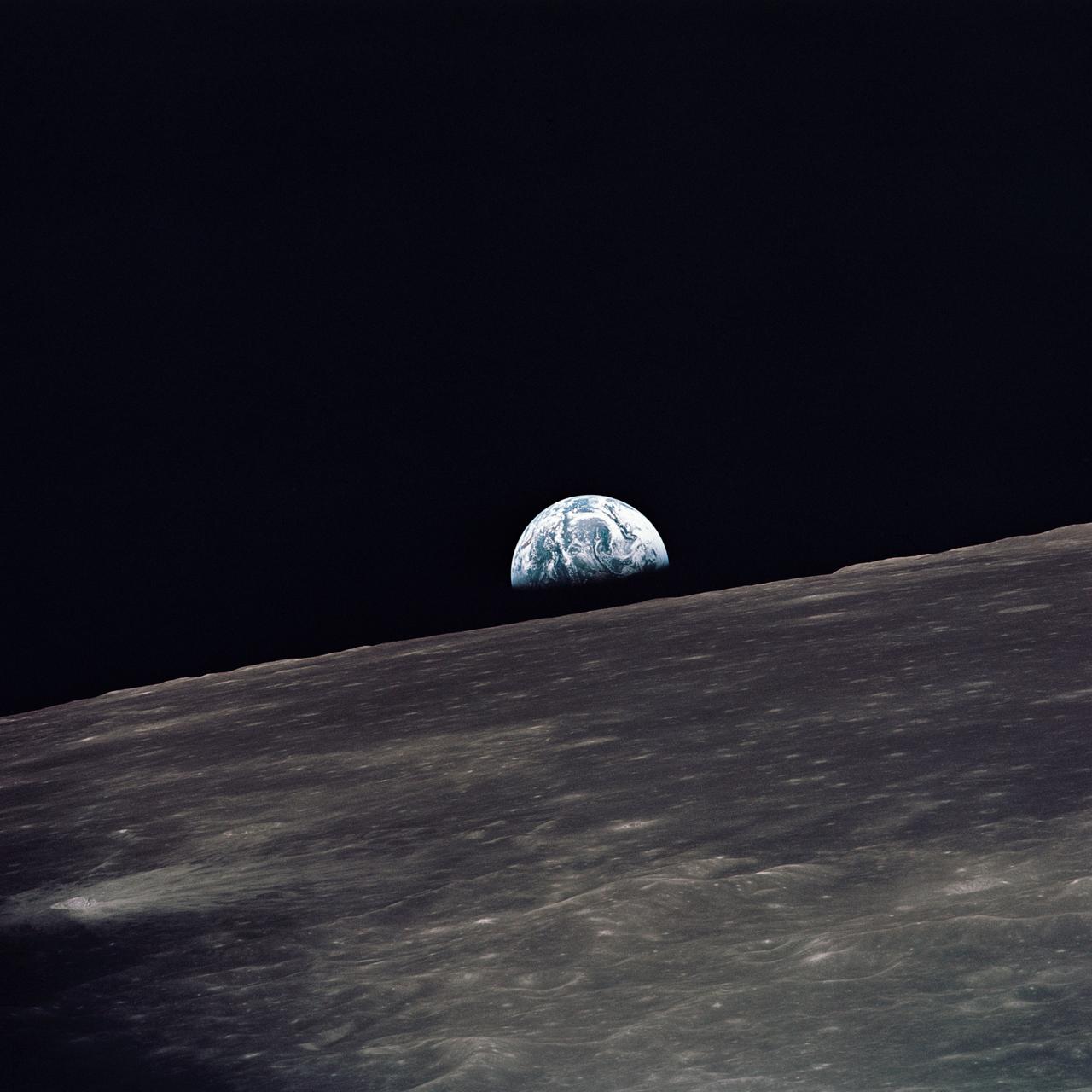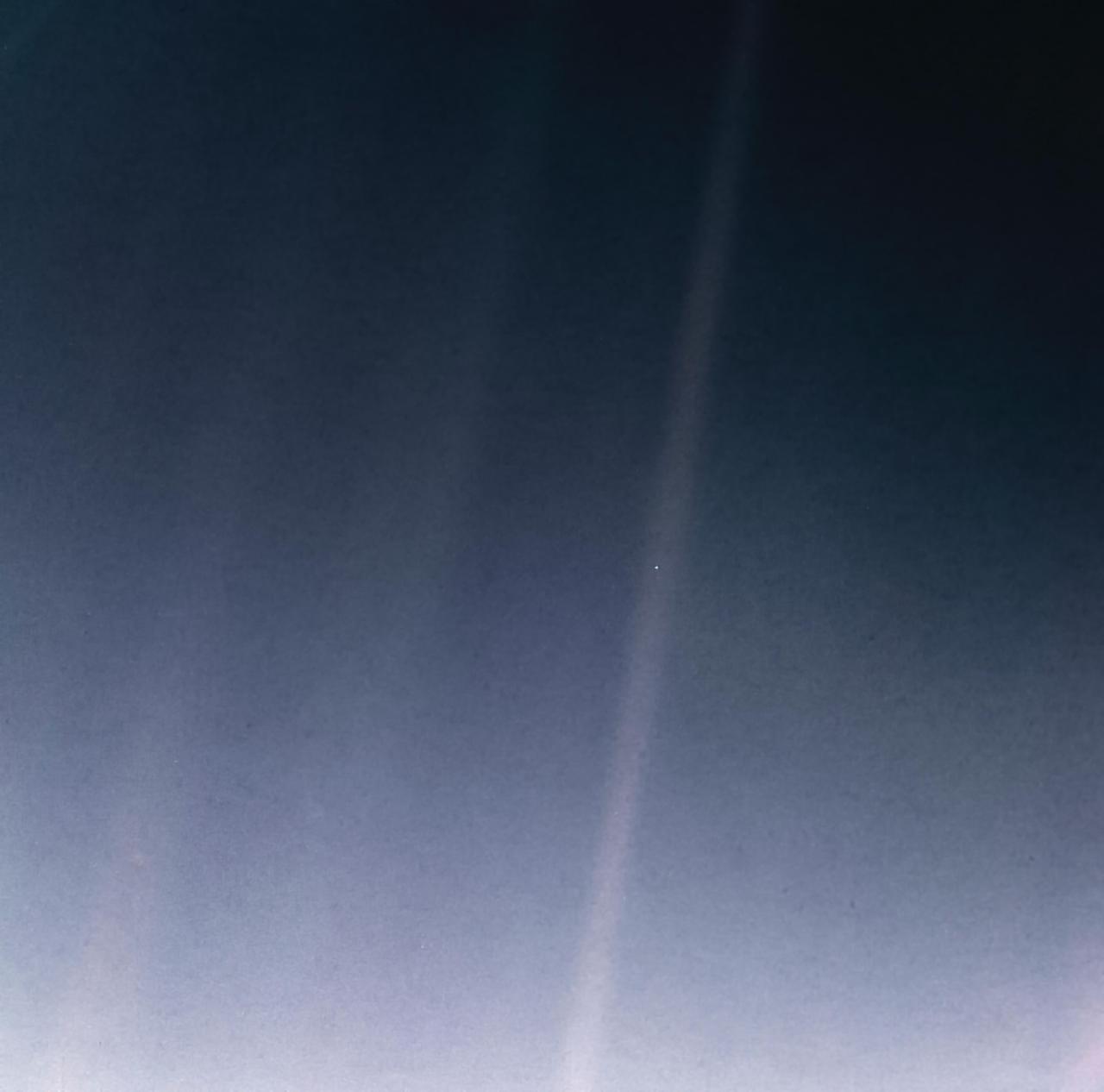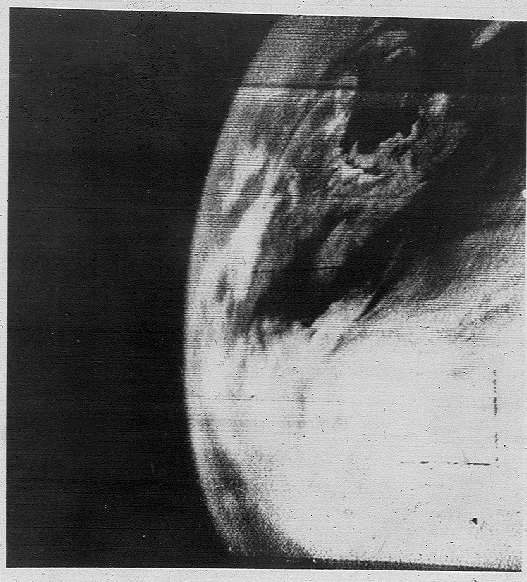Humans have been traveling around the world for as long as our species has existed, and after a while it became important to know where one is and where one can go. The oldest surviving maps are over 2,500 years old, and since then humans’ ability to create surveys of their surroundings has massively improved thanks to technological advances. But it’s only recently that everything has changed.
The technological inventions that brought those changes are in photography, optics, aviation, and aeronautics. Basically since the mid-1800s, humans have been able to produce visual records of the world around us, but it was not until the 1930s that we had photographs of the curvature of the Earth – from a modest altitude of 6.4 kilometers (21,000 feet).
Aviation showed that a bird’s-eye view could provide new insights. A few years later, high-altitude atmospheric balloons breached a world record, reaching over 22 kilometers (72,395 feet) and providing details about the atmosphere we had not seen before. But it was with the first satellites, and then astronauts, that our planet came fully into focus.

The iconic image of Earth rising above the lunar horizon, as photographed from the Apollo 10 Lunar Module.
Image credit: NASA
NASA has put together a wonderful collection of historic photos of Earth from high in the air and from space, as well as Earth from other planets. It shows what a special and yet fragile place our little corner of the universe really is. Those missions, whether crewed or robotic, deserve their kudos (and the photos are brilliant) but there’s a lot more to this that deserves our attention.

To celebrate its 30th anniversary, NASA released this new version of the “Pale Blue Dot” image captured by the Voyager mission in 1990, a distant view of our planet.
Image credit: NASA/JPL-Caltech

The first television image of Earth from space from the TIROS-1 weather satellite in 1960.
Image credit: NASA
The first functioning weather satellite was launched 64 years ago. On April 1, 1960, satellite TIROS – Television Infrared Observation Satellite – began taking images of our planet. It revealed that Earth’s orbit is not a place from which to exclusively look at the great beyond. Space agencies are associated with astronomy and astronautics, but they also have fleets looking down on Earth.
In six-and-a-half decades, we have gone from simple imaging to a wide array of space missions keeping an eye on all the changes in our planet.
Clouds, precipitations, winds, ice sheets, electromagnetic fields, and gravity – everything is up for grabs. Satellites from NASA, the European Space Agency, and many others work independently and together to better understand what our planet is like and how it is responding to the climate crisis.
These eyes from the sky provide fundamental data that informs many types of choices: from your weather-dependent outfit to international policies. Satellite information about our planet plays a huge role and continues to improve, with more sophisticated and specialized observers from the heavens.
Source Link: In Under 70 Years, The Way We View Earth Has Massively Changed